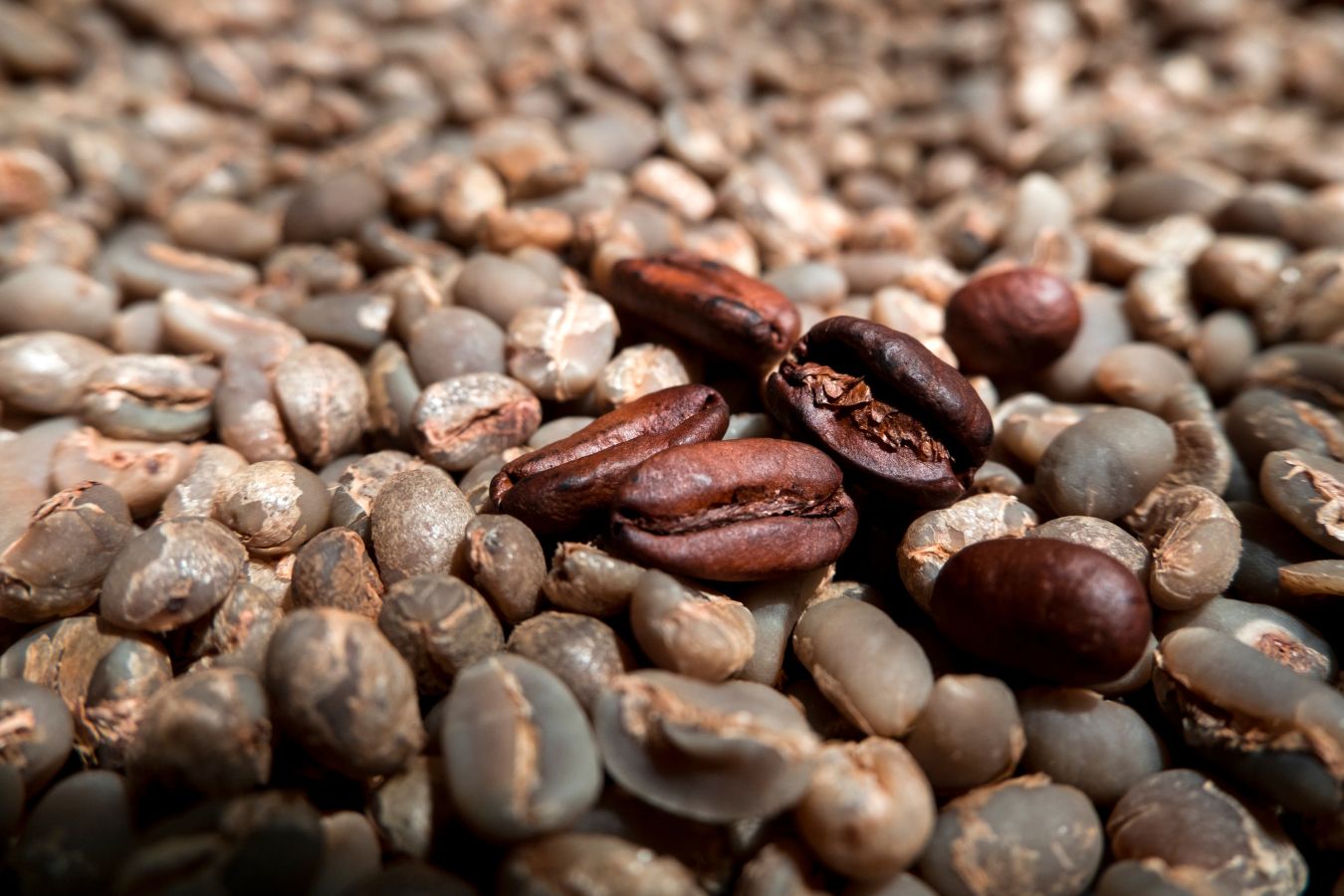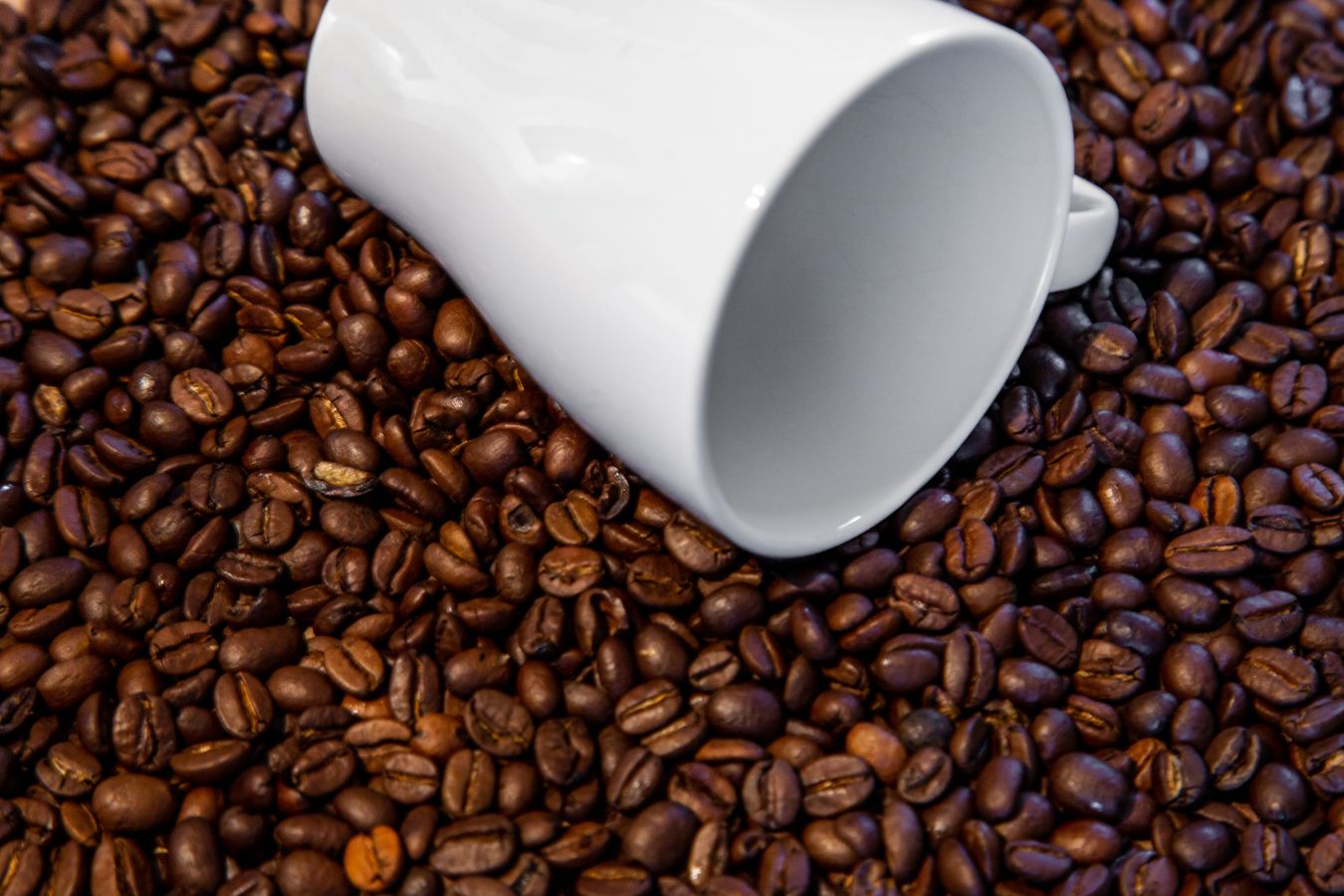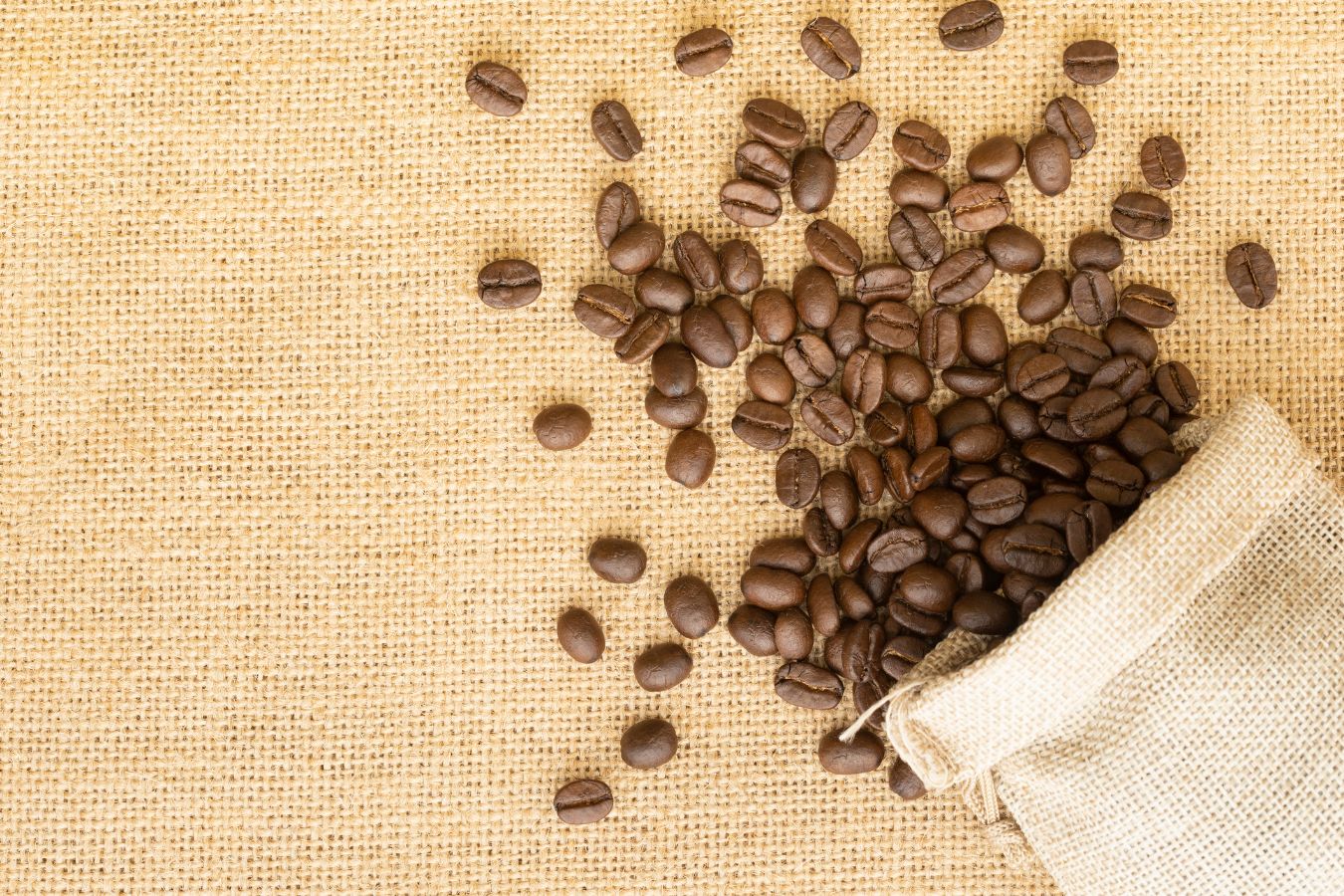
Some Of The Arabica Coffee Seeds: Although Arabica coffee is one of the two most widely consumed forms of coffee globally, it is also regarded as a superior and more uncommon coffee variation.
On the other hand, Arabica coffee is costly, the preferred variety used by most coffee companies, and one that only connoisseurs of the beverage who like to sip it in style may appreciate. So do you know some of the arabica coffee seeds? Check out the article below.
Coffee Arabica
Coffee arabica, also known as the Arabic coffee, is a species of flowering plant in the coffee and madder family Rubiaceae. It is believed to be the first species of coffee to have been cultivated and is currently the dominant cultivar, representing about 60% of global production.
Coffee produced from the (less acidic, more bitter, and more highly caffeinated) robusta bean (C. canephora) makes up most of the remaining coffee production. Arabica coffee originated from and was first cultivated in Yemen and documented by the 12th century. Coffea arabica is called būnn in Arabic, borrowed from the [Amharic] “Buna”.
Coffee Arabica Nana
Coffee (Coffea Arabica Nana) – Wouldn’t it be nice to grow your coffee house plant from coffee seeds? Coffea arabica nana is a dwarf bush with beans that contain caffeine, theophylline and theobromine. The beans are dried, roasted, ground, and then extracted with water to produce coffee.
Coffea arabica is a species of coffee bush that produces arabica coffee, accounting for most of the coffee consumed worldwide. This bush is the oldest known bush to be cultivated for coffee production. Until the beginning of the 20th century, it was virtually the only type of tree from which coffee was harvested commercially.

Coffee Arabian Coffea Arabica Nana is a compact, evergreen, subtropical perennial bush. Coffee Arabian seeds can be started indoors. Coffea Arabica Nana is a dwarf variety that grows only 12 inches tall and features attractive foliage with dark green, glossy leaves producing jasmine-scented, white flowers in spring.
This Coffee plant has green coffee beans at first, but they turn dark red over an eight-month period. Coffea Arabica is highly ornamental and looks gorgeous because the plant can bear flowers and berries simultaneously.
Coffea Arabica Nana seeds must be covered with soil but not deeper than 1/2 inch. The coffee Arabian plant makes an exotic houseplant, and it is effortless to grow in pots indoors.
Plant Profile
- Season: Perennial
- Height: 12 Inches
- Bloom Season: Spring
- Environment: Partial Shade
- Soil Type: Average, Moist, well-drained, pH 6.1-6.5
- USDA Zones: 8-10
Planting Instructions
- Sow Indoors: Spring (6-8 weeks before the last frost)
- Sow Outdoors: Spring
- Seed Depth: 1/2 Inch
- Germination Time: 60-90 Days
Coffee seed: arabica
Plant Specifications
The Coffea Arabica plant produces star-shaped, sweetly scented white flowers. These flowers are followed by green fruits, which change to red and then to almost black as they ripen, a process that takes several months. Inside each ripened fruit are two seeds (or beans) that, when properly roasted, can be ground and made into coffee.

Growing coffee plants indoors from Coffea Arabica seeds is easy. They are vigorous growers and are long-lived. Coffea Arabica plants are beautiful. Just don’t expect them to offer that morning cup of joe as the coffee plants and coffee seeds take some patience, and it could take a few years before you see many fruits on it.
Perennial house plant
Coffea Arabica house plants are perennial and can be grown in a greenhouse or the home in a sunny south window.
Coffee, Ethiopian (Coffea arabica var. typical) seeds
Evergreen bush to small tree, native to Ethiopia, the original shade-grown type that makes a single trunk with a conical form and attains a height of 12 feet at maturity. Protect from frost. This kind of coffee tree need not be cut down to harvest the berries.
The trees are glossy-leaved and handsome, bearing white flowers that exude a delicious aroma. These are recent, viable, unroasted (!) seeds of the original varietal from which most modern coffees have been bred. The plant is generally considered the least productive but best-tasting of all coffees—a Source of caffeine.
Coffee prefers a warm and humid environment and does best in mixed plantings on rolling ground, where it can be planted as an understory to more giant trees. Coffee makes a beautiful indoor plant, or greenhouse plant, or can be grown outdoors in the tropics. Space trees are at least 15 feet apart. Coffee trees live up to 100 years.
The packet contains ten seeds:
10g contains ~45 seeds
100g contains ~450 seeds
Open Pollinated, Untreated, NO GMOs